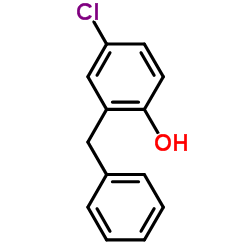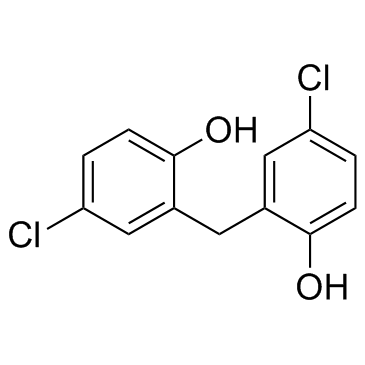| 结构式 | 名称/CAS号 | 全部文献 |
|---|---|---|
 |
4-氯-2-苄基苯酚
CAS:120-32-1 |
|
 |
双氯酚
CAS:97-23-4 |
| 结构式 | 名称/CAS号 | 全部文献 |
|---|---|---|
 |
4-氯-2-苄基苯酚
CAS:120-32-1 |
|
 |
双氯酚
CAS:97-23-4 |